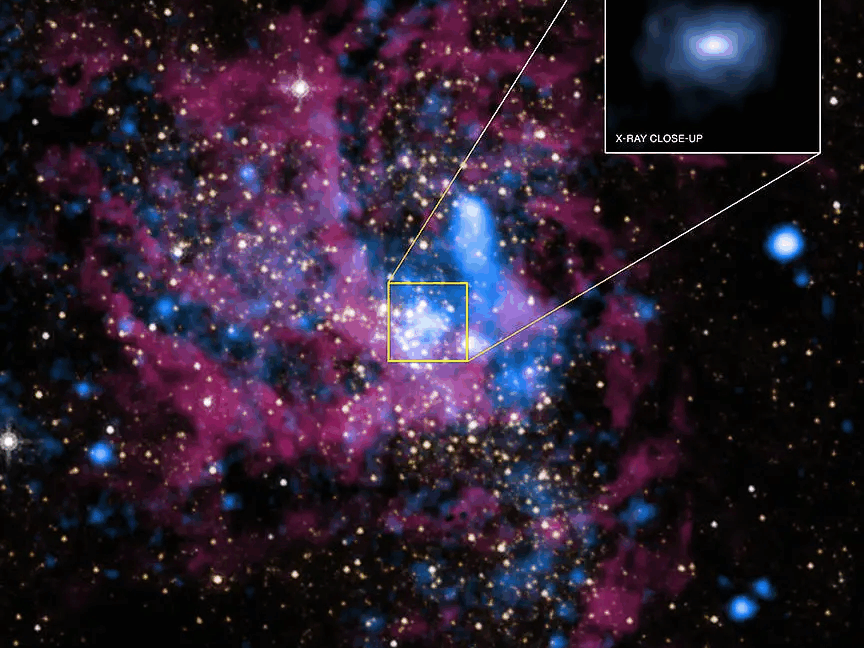That prompted three astrophysicists (Isabelle John, Rebecca Leane, and Tim Linden) to try to look at things in an organized fashion, modeling a “dark main sequence” of stars as they might exist within a close proximity to the Milky Way’s center.
The intense gravity and radiation found near the galaxy’s core mean that stars can’t form there. So, anything that’s in a tight orbit had formed somewhere else before gravitational interactions had pushed it into the gravitational grasp of the galaxy’s central black hole. The researchers used a standard model of star evolution to build a collection of moderate-sized stars, from one to 20 solar masses at 0.05 solar mass intervals. These are allowed to ignite fusion at their cores and then shift into a dark-matter-rich environment.
Since we have no idea how often dark matter particles might run into each other, John, Leane, and Linden use two different collision frequencies. These determine how much energy is imparted into these stars by dark matter, which the researchers simply add as a supplement to the amount of fusion energy the stars are producing. Then, the stars are allowed to evolve forward in time.
(The authors note that stars that are thrown into the grasp of a supermassive black hole tend to have very eccentric orbits, so they spend a lot of time outside the zone where dark matter collisions take place with a significant frequency. So, what they’ve done is the equivalent of having these stars experience the energy input given their average orbital distance from the galaxy’s core. In reality, a star would spend some years with higher energy input and some years with lower input as it moves about its orbit.)
Achieving immortality
The physics of what happens is based on the same balance of forces that govern fusion-powered stars, but produces some very strange results. Given only fusion power, a star will exist at a balance point. If gravity compresses it, fusion speeds up, more energy is released, and that energy causes the star to expand outward again. That causes the density drop, slowing fusion back down again.
